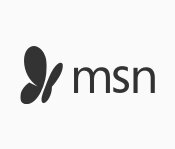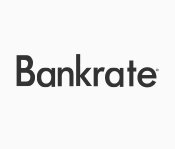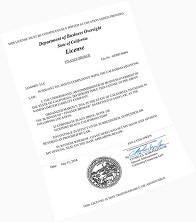Overview
The VA Loan is a home loan available to for active-duty military personnel and veterans, as well as their families. It was created in 1944 to make it easier for soldiers returning from WWII to purchase a home, and has expanded in subsequent years to encompass almost all service members at every level. VA loans are similar to FHA loans, but with a much narrower scope: By focusing on service members, they are able to offer unique benefits for mortgages. This includes the ability to buy a home with no down payment, refinance a home, find a lower interest rate, get a property tax reduction, and much more. Like FHA loans, these mortgages are available through a number of different lender options, so you don't have to worry about availability. Eligibility extends to reservists, surviving spouses, and National Guard members as well.
Much like SBA loans for your small business or FHA loans for buying a home, most VA loans are issues by approved lenders rather than by the Department of Veterans Affairs directly. There are exceptions to this – in some cases the VA will act as your mortgage lender – but they’re atypical and not what most people have in mind when mortgage loan shopping for a VA Loan. VA Loans carry excellent terms, but do require their own special fees up front, which vary based on your specific circumstances.
Within the VA Loan program are several specialty loans above and beyond a traditional adjustable interest rate home loan or bad credit mortgage loans. The Native American Direct Loan (NADL) is specifically for Native American veterans or veterans married to a Native American. It’s a “direct loan” program which allows the borrower to purchase or improve a home on federal trust land. The Interest Rate Reduction Refinance Loan (IRRRL) is for individuals who already have a VA-backed home loan and allows them to refinance within the program to reduce their interest or stabilize their monthly payments. The Cash-Out Refinance Loan allows VA-Loan participants to refinance while taking out a cash loan secured by their existing house equity. Repayment is rolled into the new mortgage at the same lower interest rate.














